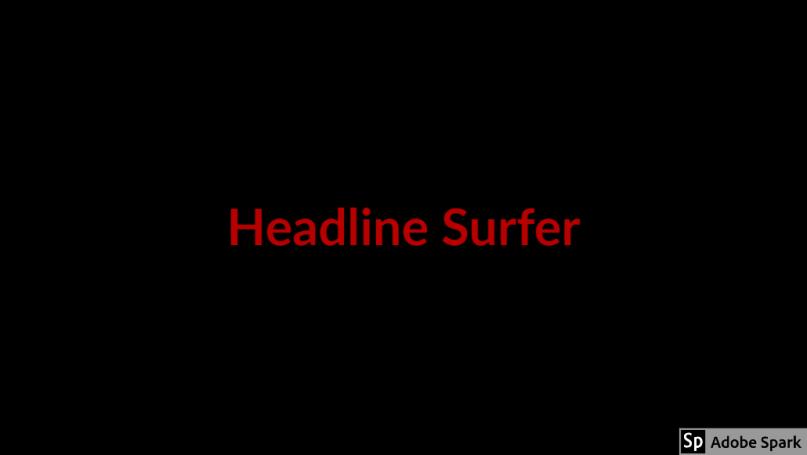
NEW SMYRNA BEACH -- Sea turtle nesting season is here.
Visitors to Volusia County beaches and residential and business owners along the coast are encouraged to be proactive to help ensure a productive nesting season. The sea turtle nesting season is May 1 through Oct. 31, said Shelley Szafraniec, a Volusia County spokeswoman.
“Sea turtle nesting season is the time of year when female sea turtles leave the ocean, usually at night, to lay eggs on the beach,” said Jennifer Winters, Volusia County’s sea turtle Habitat Conservation Plan program manager. Winters added that nesting usually begins in early May and continues into August. “The egg hatching
period usually happens 48 - 60 days after each nest was laid. New nests will continue to hatch through October or until all the nests have been evaluated,” she said.
The second-highest nesting year for loggerhead sea turtles in Volusia County was 2008 when 617 nests were recorded. But statewide nesting numbers continued on an overall decline, Winters said.
“The east coast of Florida is one of two major nesting sites in the world for this species of sea turtle,” Winters said. “Volusia County beaches provide a very important nesting habitat which helps ensure the continued existence of the loggerhead sea turtle. Green and leatherback sea turtle nests also are found here, although they are not as common as
loggerhead nests.”
Since 1996 when 491 nests were counted along Volusia County’sbeaches, the county has developed and implemented a detailed, federally approved Habitat Conservation Plan that protects sea turtles, piping plovers, other coastal wildlife and their habitat, while allowing public driving on parts of its beaches, Szafraniec said.
There are many ways to help sea turtles, beach wildlife and the coastal environment, such as:
● Disposing of trash and recyclables in the proper containers. Trash can cause entanglement and ingestion problems for a lot of wildlife including sea turtles. It also attracts predators when left on the
ground. Recycling helps reduce the waste that crowds landfills and reduces the raw materials needed for new products.
● If you ever see a sea turtle nesting or a nest hatching, stand far back and observe quietly. Sea turtles are protected with state and federal laws and should not be harassed. Lights, quick movements, and loud voices can deter nesting activity.
● When driving at the beach use the designated traffic lanes. Beach driving access hours are from 8 a.m. - 7 p.m. through the season, tide permitting.
● Use dune walkovers and always keep beach activities off the dunes and vegetation to minimize harm to sea turtle nesting habitat.
● When leaving the beach, make sure to take all of your beach equipment. Flatten sandcastles and fill your holes. These can pose as obstacles to nesting turtles and hatchlings emerging from their nests.
Property owners and businesses, as well as visitors to the beach, also are reminded to keep lights off the beach. Volusia County has a lighting ordinance that states no artificial lighting sources can be visible or illuminate the beach at night.
“Sea turtles almost always nest and hatch at night,” said Winters. “Because of this, bright lights can cause problems for them on the beach. Artificial lights can discourage female turtles from nesting and can cause hatchlings to become disoriented.”
While attempting to return to the sea, sea turtles are attracted to and confused by the brightest lights on the beach. In an environment without artificial lighting, the reflection of the moon over the ocean and the dark silhouette of the dune system would aid the hatchlings in finding the water.
In a developed urban environment, artificial lights are brighter than the moonlight and can illuminate the sand rather than the ocean water, which can lead sea turtles astray, especially when they are trying to return to the ocean.
“The baby hatchlings are in the greatest danger because the lights can lead west to roads and parking lots where sea turtles are seldom seen or rescued,” said Winters. “They also can travel long distances north and south along the beach where they encounter predators and expend all their energy needed for their ocean migration.”
Property owners along the coast should make sure their light fixtures are positioned, shielded or modified so the light source and any reflective surfaces of the fixture are not visible by a person standing on the beach. It also is important to eliminate the effect of interior lights shining through doors and windows onto the beach.
There are several ways to reduce the amount of light coming from insidea home or business including moving lamps and other moveable fixtures away from windows, using blinds andcurtains to block lights, and turning off unnecessary lights. Property owners also should recheck their lighting every year. The beach elevation changes frequently and lights that were in compliance previously may need to be adjusted according to the new environment.
For more information about Volusia County’s sea turtles program please call (386) 238-4668 or visit www.volusiaseaturtles.org. For questions regarding lighting during turtle season, please call the Environmental Management Division at (386) 238-4773.
